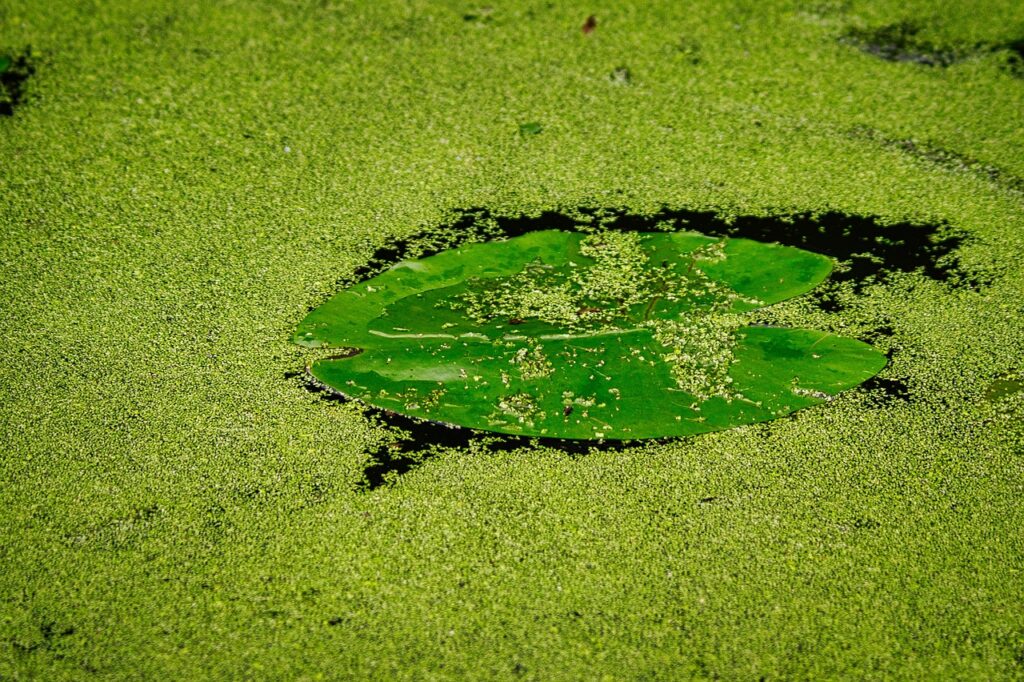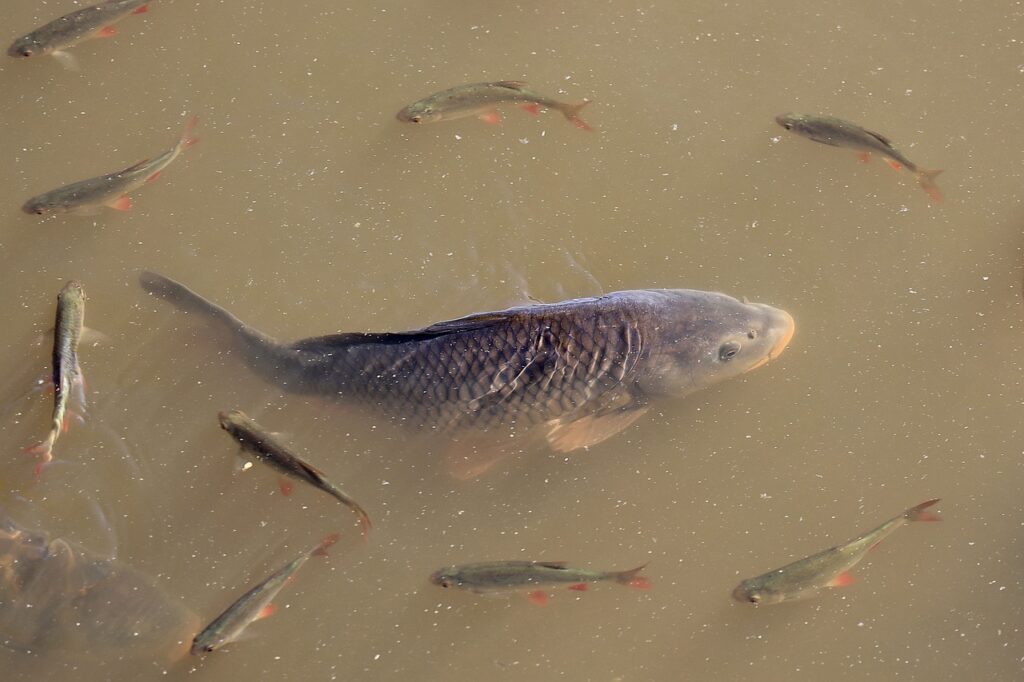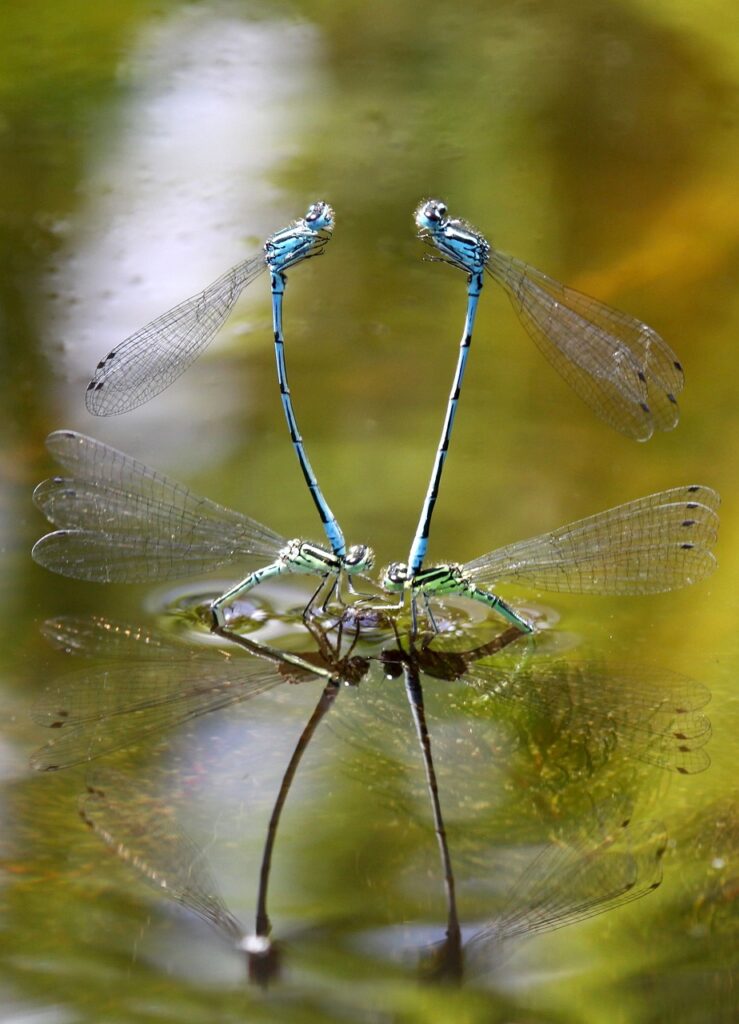Caring for your pond fish can be an immensely rewarding experience, but it does come with its challenges—one of the most common being fin rot. In our article, “Effective Treatments for Pond Fish,” you’ll discover practical and effective solutions to combat this pervasive health issue.
Learn how to identify the early signs of fin rot, understand the importance of maintaining water quality, and explore various treatments that can help restore your fish to their vibrant best. This guide will arm you with everything you need to keep your aquatic friends healthy and thriving.
We aim to help you understand and overcome one of the most common health issues faced by pond fish. Let’s dive right in and tackle fin rot together!
What is Fin Rot?
Fin rot is a bacterial infection that causes the decay of a fish’s fins and tail. It can affect all types of fish but is notably common in pond fish such as koi and goldfish. This condition not only hampers the aesthetic beauty of your fish but can also lead to more severe health issues if left untreated.
Causes of Fin Rot
Understanding the causes of fin rot is the first step in prevention. Several factors contribute to the occurrence of this condition, including:
- Poor Water Quality: High levels of ammonia, nitrites, and nitrates can create an environment conducive to bacterial growth.
- Overcrowding: Too many fish in one pond leads to higher waste production and more stressful living conditions.
- **Injury: ** Open wounds make fish susceptible to infections.
- Stress: Stressed fish have weaker immune systems, making them more vulnerable to bacterial infections.
Symptoms of Fin Rot
Identifying fin rot in its early stages can make the treatment process smoother and more effective. Here are some common symptoms to look out for:
- Frayed or Decaying Fins: The edges of the fins appear ragged or have chunks missing.
- Discoloration: Fins may change color, often becoming milky white or red at the edges.
- Lethargy: Infected fish often show signs of inactivity or reduced appetite.
- Fungus: White, cotton-like growths at the fin edges.

Assessing the Situation
Before jumping to treatments, it’s crucial to diagnose the problem accurately. Misdiagnosis can lead to ineffective treatments and prolonged suffering for your fish.
Water Testing
Poor water quality is a primary cause of fin rot. Regular water testing should become part of your pond maintenance routine.
| Parameter | Ideal Range | Frequency of Testing |
|---|---|---|
| Ammonia | 0 ppm | Weekly |
| Nitrites | 0 ppm | Weekly |
| Nitrates | Less than 20 ppm | Weekly |
| pH Level | 6.5-8.5 | Weekly |
| Temperature | Depends on the species | Monthly |
Assessing Fish Behavior
Closely observing fish behavior can offer insights into their health. Note any changes in swimming patterns or feeding behavior, as these could be early signs of something amiss.
Consulting Experts
If you’re unsure about the diagnosis, don’t hesitate to consult a veterinarian or a fish care expert. They can provide you with a more accurate diagnosis and guidance on the appropriate treatments.

Effective Treatments
Once you’ve pinpointed fin rot as the issue, a prompt and comprehensive treatment plan is essential for the health and well-being of your pond fish.
Quarantine
Isolate the infected fish to prevent the spread of bacteria to healthy fish. A quarantine tank also provides a controlled environment for administering treatments.
Water Quality Improvement
Clean, well-balanced water is crucial. Regularly changing the pond water and installing a quality filtration system can significantly improve the water conditions.
Salting the Pond
Adding non-iodized salt can help reduce bacterial growth and relieve stress for the fish. Use the following table to guide your salting process:
| Salt Dosage | Amount to Add in 100 Gallons |
|---|---|
| Disease Prevention | 1-2 teaspoons |
| Mild Fin Rot Treatment | 1-2 tablespoons |
| Severe Fin Rot Treatment | 2.5-3 tablespoons |
Antibiotic Treatments
Over-the-counter antibiotic treatments can be effective. However, consult with a vet to ensure you’re using the right antibiotic for the specific type of bacteria causing the fin rot.
Antibacterial Medications
Medications like Melafix or PimaFix are formulated to treat external bacterial infections. They’re easy to use and often effective for mild to moderate cases of fin rot.
Using Natural Remedies
Some fish enthusiasts prefer natural remedies to treat fin rot. These can include:
- Garlic: Known for its antibacterial properties.
- Aloe Vera: Acts as a healing agent for damaged tissues.
- Indian Almond Leaves: Naturally reduce bacteria levels in the water.

Long-term Prevention Strategies
Preventing fin rot is always easier and less stressful than treating it. Implement these long-term strategies to keep your pond fish healthy and happy.
Regular Water Testing and Maintenance
Make water testing a routine part of your pond care. Change pond water regularly and use high-quality filters to keep the water clean.
Adequate Space
Avoid overcrowding to reduce stress and waste. Ensure each fish has ample room to swim freely.
Balanced Diet
Feed your fish a balanced diet to enhance their immune systems. High-quality fish food will provide the necessary nutrients to keep them healthy.
Stress Minimization
Keep stress levels low by maintaining a stable environment. Avoid sudden changes in water temperature or pH levels.
Regular Health Checks
Perform regular health checks on your fish to catch any potential issues early on. Early detection can prevent minor problems from becoming major issues.

FAQs about Fin Rot
How quickly does fin rot progress?
The speed of progression can vary depending on the severity of the bacterial infection, water quality, and the fish’s immune system. Early intervention can halt the disease quickly.
Can fin rot heal on its own?
In very mild cases, improving water quality alone may suffice, but targeted treatments are generally more effective.
Is fin rot contagious?
Fin rot can be contagious if the conditions are right. Isolating infected fish is crucial to preventing the spread of the disease.
Effective Treatments For Fin Rot in Pond Fish
Now that you’re armed with the knowledge and tools to combat fin rot, you can help your pond fish lead healthier, happier lives. By understanding the causes, identifying symptoms early, and applying effective treatments, you’ll be well on your way to keeping fin rot at bay. Remember, the key to a thriving pond is consistent care and observation. Here’s to happy, healthy fish, and a beautiful, tranquil pond!
